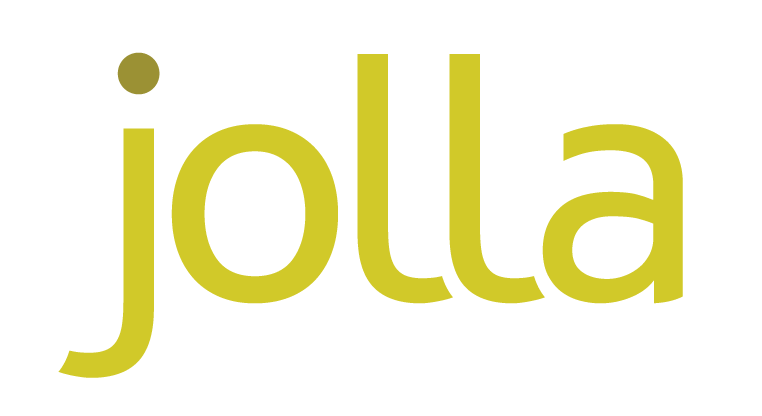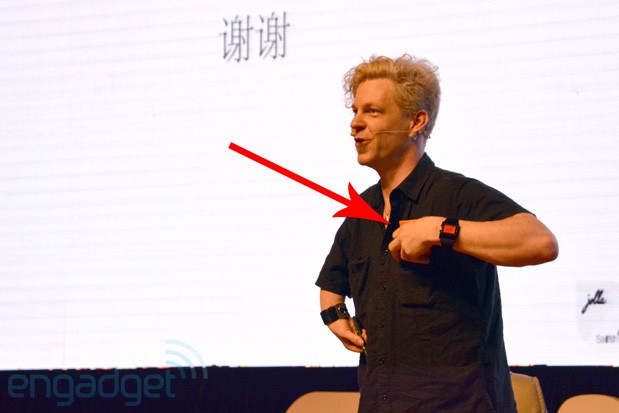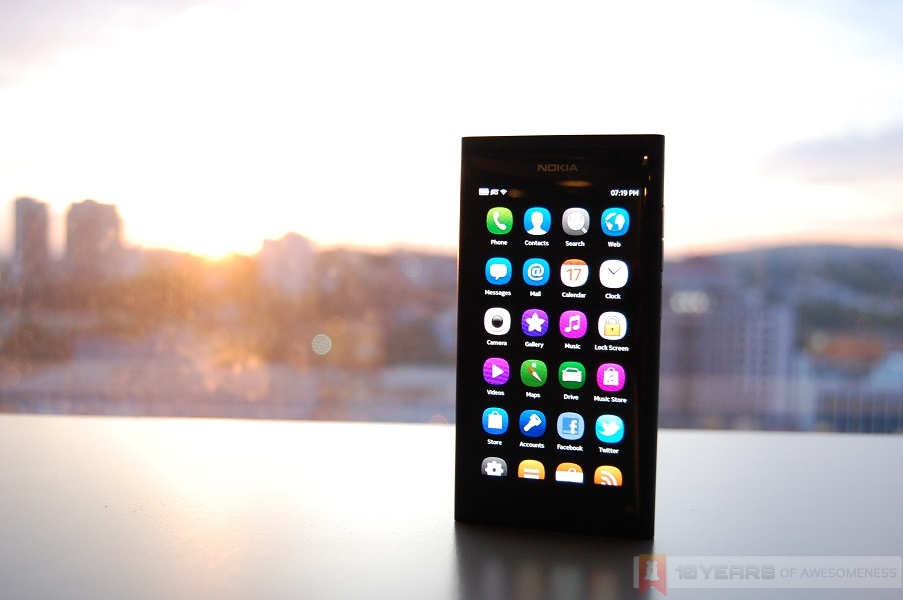 Is the sun setting on MeeGo, or merely rising to welcome Sailfish?
Is the sun setting on MeeGo, or merely rising to welcome Sailfish?
In three days, a fire shall be rekindled. In three days, the dream shall be relived. In three days, the other half shall be revealed.
In three days, Jolla will announce its first-ever smartphone. The mobile world may never be the same.
If You Can Dream It, You Can Do It
Almost one year ago, a small Finnish startup company only 50-strong had a big dream. On Monday, that dream may finally take shape: Jolla will be announcing their first-ever smartphone, running on the new Sailfish operating system. This new device will mark the rebirth of MeeGo, the mobile operating system co-developed by Nokia and Intel but abandoned by its creators in 2011, leaving the world with a harrowing taste of what might have been – and quite possibly the world’s most underrated smartphone, the Nokia N9.

In November 2012, Jolla, with a team of mostly ex-Nokia MeeGo employees, announced Sailfish OS, built from the ashes of MeeGo and the Mer and Nemo community projects. It looked pretty slick, with most of the user experience from MeeGo-Harmattan retained, but back then there were already doubts about whether this new operating system would be able to topple an Android-iOS duopoly that had been increasingly stagnating. Regardless, Jolla sailed forward and, at this year’s Mobile World Congress,announced the new Sailfish SDK. The next month we also saw the appointment of Finland’s leading design firm, Infinity, to design Jolla’s first device.
Finally, Jolla chairman Antti Saarnio confirmed that the first Jolla smartphone will be unveiled this month, with a pre-sales to begin around the same time. It was also revealed that like the Ubuntu Touch platform, Sailfish “will also work on many Android devices“. Finally, the stage is set for the May 20 event for Jolla’s announcement of the new device, and Jolla’s calling it the Jolla Love Day – as well as beginning its “I am the other half” campaign.

What is The Other Half?
Perhaps the small size of the company is the reason behind the incredible lack of leaks or rumours regarding the first Jolla device. It actually took co-founder Marc Dillon to literally take the device out of his pocket while on stage at the GMIC conference in Beijing for us to get the first look at the device. Unfortunately, all that could be seen was the colour of the device (orange) and a suggested screen size that is “no smaller than 5 inches”. Soon after Dillon’s keynote, new Jolla CEO Tomi Pienimäki teased the world about additional colours for the device via Twitter, while also hinting that the device may be coming to this part of the world after all:
Regardless of the playful hints on social media, perhaps it is best to hear from the co-founder and head of software development for more about the device itself. Dillon discussed about all things Jolla and Sailfish with Mobiili Finland, and the answers he provided were pretty insightful indeed.

For starters, Dillon believes that “there are still opportunities to make hardware innovations”, and with a knowing smile added that Jolla will be showing some of those come May 20. Later in the discussion, Dillon also stated that there is a dearth of smartphones with physical QWERTY keyboards, and thought that the lack of options in the market is the cause of the poor demand for QWERTY smartphones – not the other way around.
In that context, rumours are gaining momentum that the first Jolla smartphone may be a QWERTY slider not unlike the Nokia N950 developer device, or even a “modular” phone featuring detachable keyboards like the hybrid laptops of today. It certainly is an intriguing prospect; if done correctly – and with support for other accessories such as gamepads – this “modular” approach could be a game-changer. Also, a two-piece smartphone would also fit perfectly with Jolla’s “I am the other half” marketing campaign.
Another topic of discussion is, naturally, on apps. Specifically, Dillon was asked about the Android app distribution. How would Sailfish users get their Android apps from? BlackBerry users did not have it easy because Android apps had to be sideloaded using a PC, which is not everyone’s cup of tea. Fortunately, Jolla has a more elegant solution.
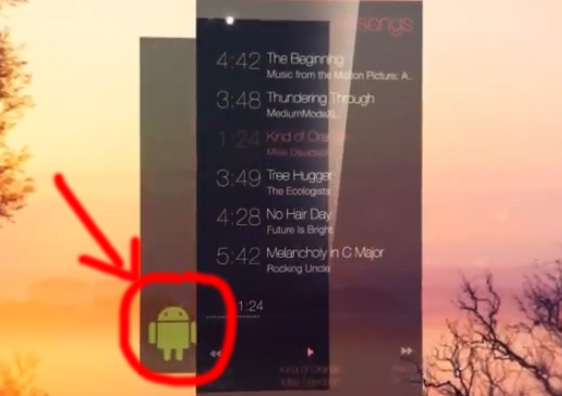 Sailfish OS contains a compatibility layer to run Android apps. (Image credit: taskumuro.com)
Sailfish OS contains a compatibility layer to run Android apps. (Image credit: taskumuro.com)
“We will be announcing our own implementation of an application store for the Sailfish operating system,” said Dillon. Without elaborating further, he mentioned of “a way of obtaining these applications to the device from multiple sources”. At the moment the details remain scarce, but they will most likely be explained in detail on May 20.
On a separate note, Dillon also shed some light on the distribution channels of the new Sailfish smartphone. Jolla already has carrier partnerships tied up with Finland’s DNA and China’s D.Mobile. Outside of the two countries, however, there has been no word on availability. In the interview, Dillon believes that online channels would be a “great part of how (they) will distribute the devices” – which gives rise to a “global” Jolla smartphone not unlike the penta-band Nokia N9.
Sailfish – A New Old Way to Interact With Your Phone

But the single most compelling reason to purchase this Jolla device would be the software running inside it. Sailfish has had a chequered past, but now it is ready for the prime time. Much like MeeGo before it, Sailfish remains one of the few mobile operating systems that support full multitasking, giving users complete control over which apps are open.
While nothing much has changed since it was announced back in November last year, Jolla has listened to the community and revamped its entire icons design – which had been a major source of complaint due to its unimaginative styling. The core experience, however, remains pure and simple. Sailfish runs perfectly on the three-year-old hardware that is used for all the demos, and more information on the Pulley menu and Ambience feature can be found in our earlier write up here.
What’s equally interesting is on the user experience (UX) on Sailfish. The UX framework had been published online since Sailfish was announced for easy reference to developers. However, most parts of the UX framework are simple enough to be understood by consumers. The framework shows simple images like the one below to describe how to navigate on Sailfish.
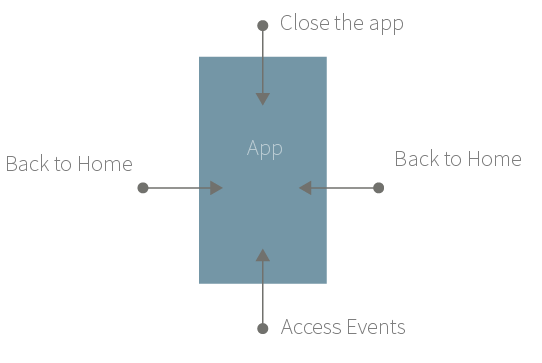 Jumping for joy at seeing the “Swipe down to close” gesture? Don’t worry, I did too.
Jumping for joy at seeing the “Swipe down to close” gesture? Don’t worry, I did too.
The framework also lists a set of gestures that can be used to navigate on Sailfish, such as Push, Pull, Flick, Tap, as well as Tap and Hold. Interestingly, these gestures are not unlike those found on the Swipe UI on MeeGo-Harmattan; those comfortable with the gesture-based UI should easily adapt to Sailfish.
The Underdog Story of 2013?
One of the many perks of being an underdog is how understanding your fans can be. Jolla’s global communities may not be as large as other platforms, but they are passionate, informed and best of all perpetually positive about all things Jolla and Sailfish. A day does not go by without seeing Jolla-related discussions between people across the world via Facebook and, more actively, on Twitter – with members of the Jolla team also usually participating.
It makes for a great camaraderie between corporation and fans; there are almost no barriers between the two. At the end of the day, both parties want to see a Jolla device that is looks great and works even better. Will the underdogs emerge triumphant? Is this the alternative mobile operating system that finally breaks the death grip on mobile innovation? Only time will tell, but May 20 is shaping up to be a day unlike any other in the mobile industry, and one I am genuinely excited about.
Follow us on Instagram, Facebook, Twitter or Telegram for more updates and breaking news.


